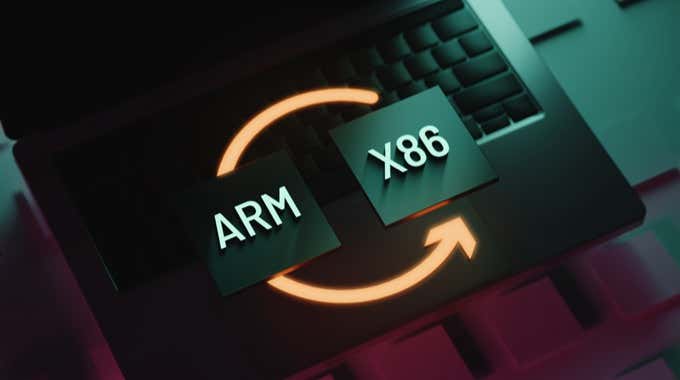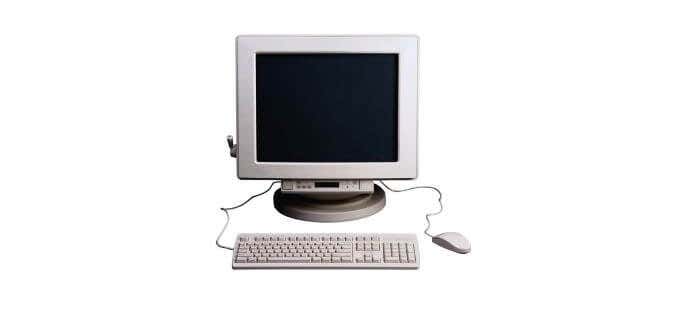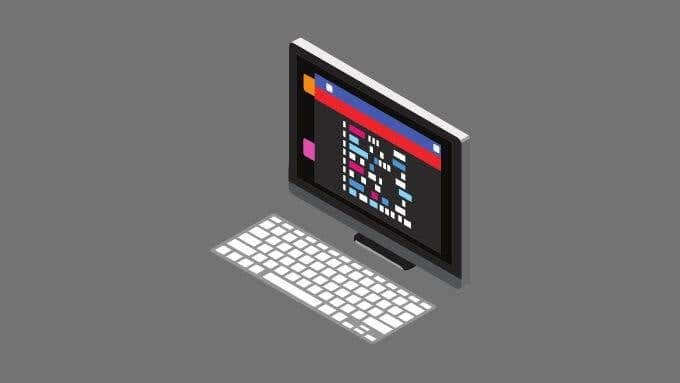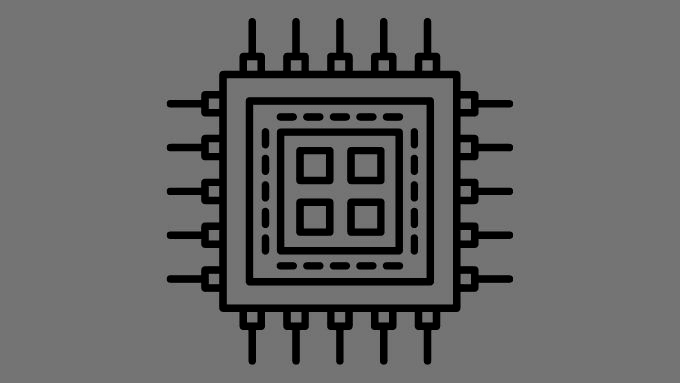Today, most computing devices are likely to either have a processor using the x86 design, like Intel processors, or the ARM (Advanced RISC Machine) design as in the CPU in your smartphone or tablet. ARM CPUs are also making it into laptops.
These days you can choose between a computer with an Intel or AMD processor (x86) or a device with an ARM processor. So when it comes to ARM vs. Intel processors, which is better?
ARM vs. Intel: Differing Origins
Modern Intel and ARM-based CPUs can trace their technologies back to early chips in computers brought to market in the early 1980s, specifically the Acorn Computers BBC Micro and the Intel 8088 found in the first IBM PC. These paved the way for the two main CPU designs of modern times.
It is important to note that while they have two separate evolutionary lines, they converge in what we use these CPUs for today.
RISC vs CISC
Under the hood, the main difference between an Intel and ARM-based CPU is the type of instruction that each device understands. ARM-based CPUs are RISC (Reduced Instruction Set Computer) devices and Intel CPUs are CISC (Complex Instruction Set Computer) devices. RISC and CISC designs differ in how processors do their work. In Intel (and AMD) CPUs they use a CISC instruction set known as x86.
However, most of their strengths and weaknesses come from the fact that RISC devices handle short, simple, uniform-length instructions while CISC devices combine many instructions into long, complex instructions processed all at once.
Software Compatibility
Intel processors can’t understand ARM code and vice versa. So, the operating system and software have to be written specifically for one type of processor.
It is possible for software meant for one type of CPU to be run on the other, but this usually comes with large penalties in performance and inefficiency.
The exception to this is Apple’s Rosetta 2 code translation software. Their custom ARM CPUs have been designed specifically with Rosetta 2 in mind and allow for near seamless software execution designed for Intel-based Macs. Overall, the performance penalty with Rosetta 2 is low, while not being perfect.
A more typical example is Microsoft’s ARM-based Surface devices. When these try to run x86 code through emulation, the performance impact is so severe that the software may be unusable.
Power Consumption
The significant advantage of ARM-based CPUs over Intel and other x86 processors is power consumption. It turns out that the RISC approach along with the specific innovation of ARM’s design makes for incredibly frugal CPUs. This is why ARM has dominated the smartphone and tablet markets.
It’s why you can get 24 hours or more from your phone, while your Intel laptop with its larger battery may only last a few hours, if you’re lucky. Of course, if you go with an M1 Mac, you can get close to 20 hours of movie playback, which is very impressive for a laptop.
Pure Performance
When you take power consumption out of the equation, as with a computer plugged into the mains, Intel and other x86 CISC processors stomp all over ARM-based RISC CPUs.
But, since so much money is going into ARM CPU development thanks to the rise of smartphones and tablets, the performance of ARM CPUs has been increasing exponentially with each generation.
Mid-range smartphones have now passed the “good enough” threshold in terms of computing power and are powerful enough to meet user needs on a day-to-day basis.
Performance Per Watt
If we change the narrative to how much work an ARM CPU can do for every watt of energy it consumes, things don’t look so good for x86 Intel CPUs. Although companies like Intel have worked hard to make power-efficient efficient models of their CPUs, there’s still a gap.

Consider the above comparison. The Intel i7-9750H has a 45W Thermal Design Power (TDP) while the Snapdragon 888 has a 10W TDP. Yet, the 888 comes within reach of it’s benchmark performance.
The ARM CPU still manages to match 75% of the high-end laptop Intel CPU’s score when all scores are engaged. Keep in mind that the ARM CPU has no active cooling and is nestled inside a smartphone. For a large laptop device with active cooling and more than four times the TDP to have such a relatively small performance advantage starkly demonstrates the performance-per-watt difference between these technologies.
Core Symmetry
An exciting advantage on the ARM side of things is the use of asymmetrical CPU cores. Intel and other x86 processors have multiple, but identical, cores. However, it’s common for ARM CPUs to have multiple, but different, cores.
For example, an 8-core ARM CPU in a smartphone may have four low-power cores that are fast enough for everyday tasks such as browsing the web, watching a video, listening to music and handling small background tasks. As soon as you start up a video game, or begin doing content creation work like photo editing, the four high-performance CPUs kick in.
This means that you can have the advantage of high peak performance in short bursts as needed and also enjoy long battery life averaged out over a battery charge cycle.
Is ARM the Future?
The main question we posed when it comes to these CPU technologies was “Which is the Best?” and as you might expect the answer is “it depends”. We can say with certainty is that x86 Intel (and AMD) CPUs rule whenever power is a non-issue. So if it’s plugged into the wall and doesn’t rely on a battery to work, these are the CPUs to go for.
Today, in the portable computer world, things aren’t quite as clear. ARM’s biggest drawback isn’t performance, but software compatibility. This is something that Apple has solved with Rosetta 2 and for Microsoft is a high priority. Assuming that software will run on an ARM system without significant (if any) performance penalty, it offers the best balance of performance vs battery life.
When done right, you get a computer such as the M1 MacBook Pro. It is more than powerful enough as a general-purpose computer and can even take on professional tasks such as video editing — a level of performance it can sustain for 20 hours on battery! If you want more information on the M1, check out M1 vs i7: The Benchmark Battles.





